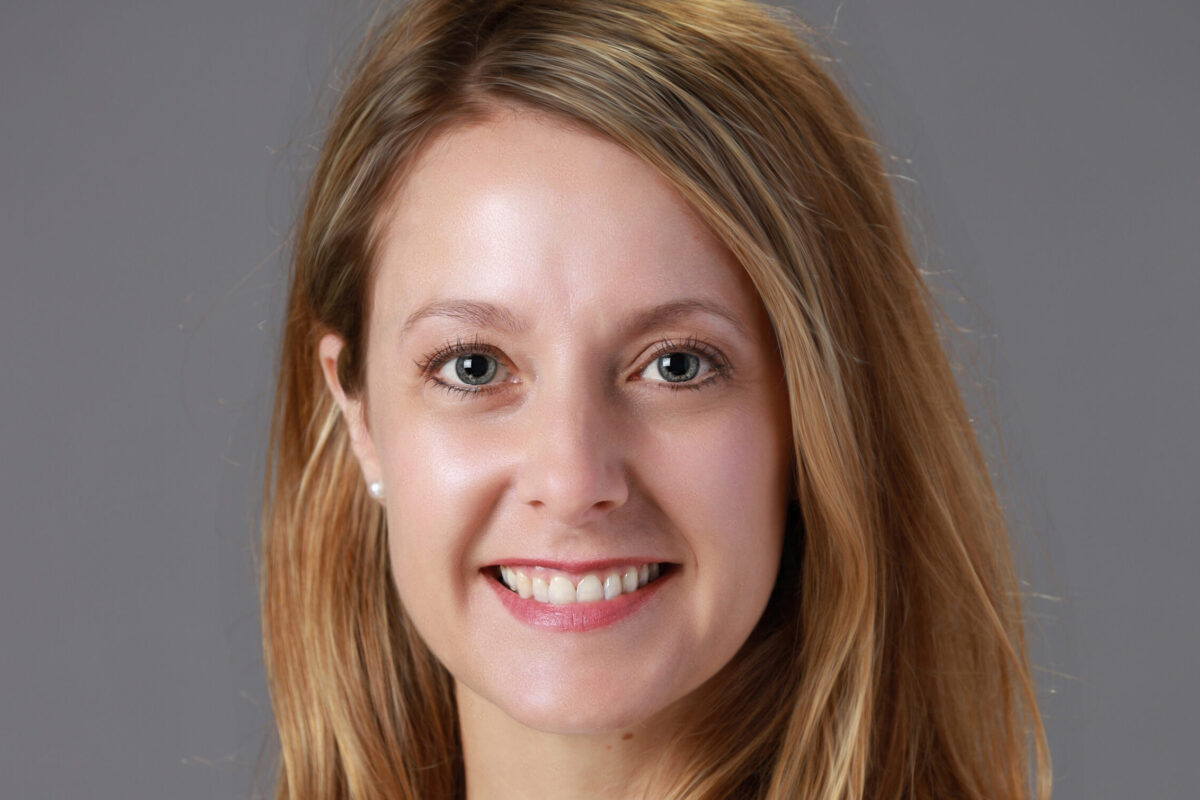
If you’ve ever held a baby, you probably remember soft spots on their heads — space for the developing skulls to grow around the brain. When the system works correctly, it leaves enough space for a growing brain. But congenital conditions can cause either premature or delayed fusion of the cranial bones — both of which can lead to serious developmental problems.
Amy Merrill-Brugger, Associate Professor and Chair, Department of Biomedical Sciences at the Herman Ostrow School of Dentistry, wants to understand the fundamental reasons that this can happen. Merrill-Brugger first received funding from the National Institute of Dental and Craniofacial Research (NIDCR) in 2015 for a study she was conducting to better understand the mechanisms behind the function and dysfunction of fontanelle development in a baby’s developing skull. Now, she has received a second NIDCR grant to dig deeper into the topic.
During the first NIDCR grant, she studied a disease called bent bone dysplasia syndrome, a genetic condition caused by variants in a gene that codes for growth factor receptor called FGFR2. She studied how this growth factor altered the body’s ability to make bone in a developing embryo’s face and head — ultimately creating a mouse model to mimic the disease. “We’ve been productive on the first part of the grant,” Merrill-Brugger said, “so I was really excited to see that NIDCR wanted to continue funding this project.”
The new research will look specifically at the fibrous joints in the skull, which are regulated by FGFR2 and are altered in bent bone dysplasia syndrome — as well as a constellation of other rare genetic conditions. There are two kinds of fibrous joints in the head: sutures, which separate the flat bones of the skull, and fontanelles, which are the soft spots on the head. By the time the brain is fully grown, when a person is about 18 years old, the sutures are largely fused. But in the case of bent bone disease syndrome, babies have premature fusion of sutures in some areas, and fontanelles that remain wide open, Merrill-Brugger said.
“These conditions are telling us that this gene is really important in development and maintenance of the fibrous joints in the skull,” she explained. “It’s just interesting to think that in some of these jointsn — like the sutures — we see bone overgrowth and then fusion, and then in the fontanelles, they remain wide open. So this question really needs to be addressed.”
The new research will seek to understand why — and what the molecular and cellular differences are between sutures and fontenelles. Understanding the mechanisms would eventually reveal potential targets for future treatments, she said. “If we know how FGF signaling interacts with other pathways, and which cells drive the skull phenotype in bent bone dysplasia, then these pathways and cells can be targeted with therapeutics to improve clinical outcomes.”
